Achieving dart throwing consistency hinges on adapting the game to suit your individual skill level and physical capabilities; modifying stance, grip, or even the scoring system can drastically improve your accuracy and enjoyment. This article explores **how adapted rules can improve dart throwing consistency**, covering everything from adjusting your throwing technique to creating customized game formats for optimal practice and performance.
⚠️ Still Using Pen & Paper (or a Chalkboard)?! ⚠️
Step into the future! The Dart Counter App handles all the scoring, suggests checkouts, and tracks your stats automatically. It's easier than you think!
Try the Smart Dart Counter App FREE!Ready for an upgrade? Click above!
Understanding the Foundation: Basic Principles and Their Limitations
Before delving into rule adaptations, it’s crucial to understand the basic principles of dart throwing. These include stance, grip, throw, and follow-through. However, adhering strictly to textbook techniques can sometimes hinder progress. Not everyone is built the same, and what works for a professional might not work for a beginner or someone with physical limitations. This is where the concept of adapting comes in.
For example, a standard stance might require you to stand perpendicular to the board. But if you find that uncomfortable or unstable, slightly adjusting your foot position could significantly improve your balance and, consequently, your **throwing consistency**. Similarly, the ‘perfect’ grip might feel unnatural in your hand. Experimenting with different grip pressures and finger placements can lead to a more comfortable and controlled release.
Key areas where rigid adherence can be detrimental:
- Stance: Forcing a specific foot position can lead to muscle strain and imbalance.
- Grip: A grip that’s too tight can cause tension, while one that’s too loose can lead to erratic throws.
- Throw: Trying to mimic a professional’s arm motion without the necessary muscle memory and coordination can result in inconsistent release points.
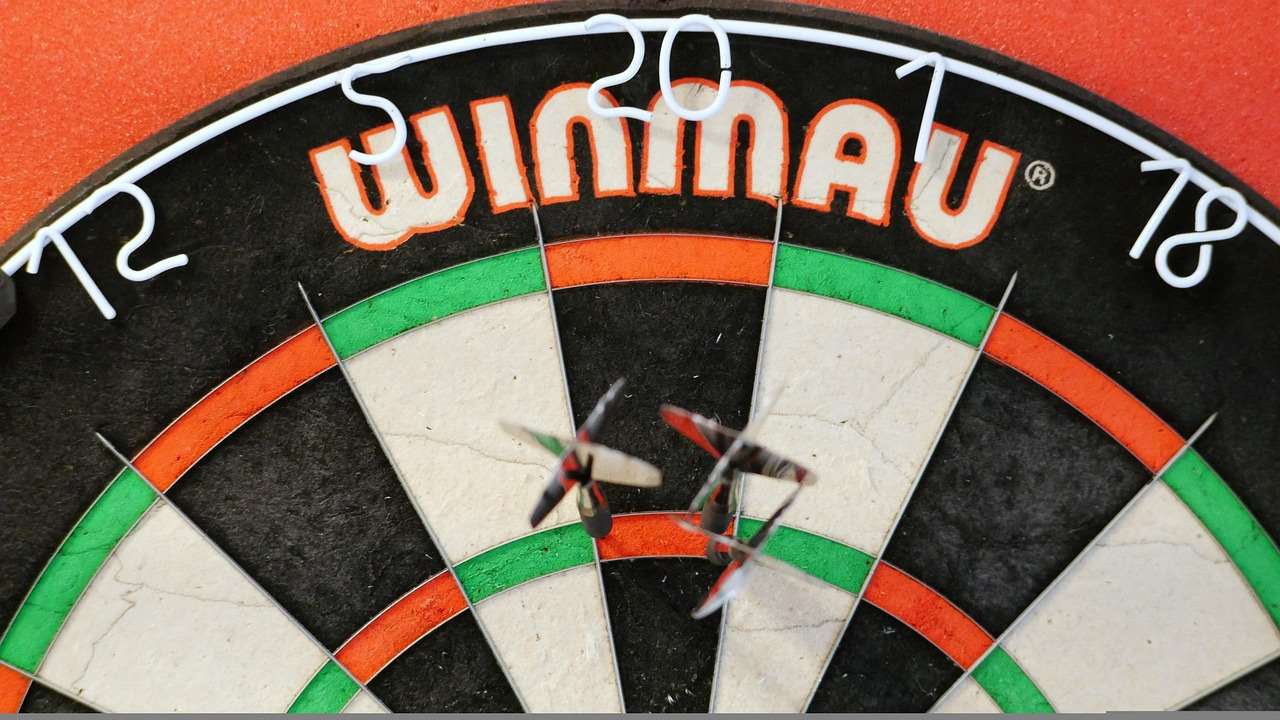
How Adapted Rules Can Improve Dart Throwing Consistency: Tailoring the Game to Your Needs
The beauty of darts lies in its adaptability. It’s not just about hitting the bullseye; it’s about finding a rhythm and technique that works for *you*. **How adapted rules can improve dart throwing consistency** involves recognizing that there’s no one-size-fits-all approach. This might involve modifying existing rules or creating entirely new game formats to address specific weaknesses or limitations.
Consider these scenarios:
- Beginners: Instead of jumping straight into a complex game like 501, start with simpler games like ‘Around the Clock’ or ‘Cricket’ using only the numbers 1-10. You can even simplify the Simplified 501 game rules for novice players further by shortening the target score.
- Physical Limitations: Players with mobility issues might benefit from a shorter throwing distance or the option to throw from a seated position.
- Developing Accuracy: Focus on specific target areas by creating games that reward hitting doubles or triples, encouraging precise throws.
By consciously adapting the rules, you can create a training environment that promotes consistency and builds confidence.
Adjusting Your Stance for Enhanced Stability
Your stance is the foundation of your throw. A stable and comfortable stance translates to a more controlled and consistent release. Experiment with different foot positions and body angles to find what feels most natural and balanced. Here are some adaptation ideas:
- Foot Placement: Instead of a strict perpendicular stance, try angling your front foot slightly towards the board.
- Weight Distribution: Ensure your weight is evenly distributed between both feet to prevent swaying during your throw.
- Body Angle: Adjust your body angle to find a position that minimizes strain on your back and shoulders.
Remember to maintain a consistent stance throughout your practice sessions. This will help build muscle memory and improve your **throwing consistency** over time. The goal is to minimize unnecessary movement and create a solid base for your throw. Even considering Adapting darts rules for small spaces: tips and tricks can indirectly affect your stance if the throwing space is cramped.
Grip Modifications for Better Control and Release
The grip is your direct connection to the dart. A comfortable and secure grip is essential for achieving consistent throws. There are various grip styles, including the two-finger grip, the three-finger grip, and the four-finger grip. The best grip is the one that feels most natural and allows you to release the dart smoothly.
Experiment with these grip adjustments:
- Grip Pressure: Find the right balance between a grip that’s too tight (which can cause tension) and one that’s too loose (which can lead to erratic throws).
- Finger Placement: Adjust the placement of your fingers on the dart to find the sweet spot that provides optimal control.
- Grip Material: Consider using darts with different grip patterns or adding grip tape to enhance your hold.
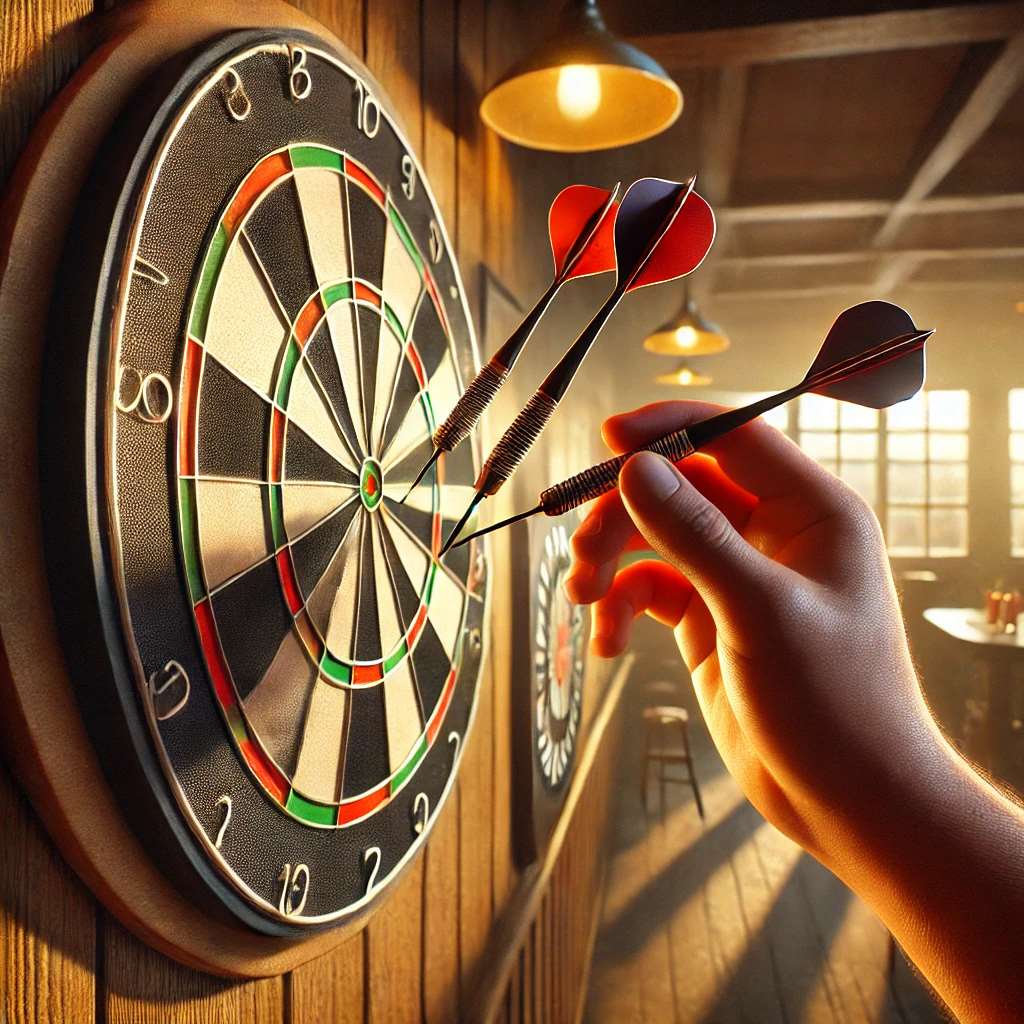
The key is to find a grip that allows you to release the dart cleanly without any unnecessary wrist movement. A consistent grip, combined with a smooth throwing motion, will significantly improve your accuracy and **overall dart throwing consistency**.
Throwing Motion Adjustments for Increased Accuracy
Your throwing motion is the engine that powers your throw. A fluid and consistent motion is crucial for achieving accurate and repeatable results. Focus on these aspects of your throw:
- Elbow Position: Keep your elbow high and stable throughout the throwing motion.
- Follow-Through: Extend your arm fully towards the target, ensuring a complete follow-through.
- Release Point: Strive for a consistent release point to minimize variations in your throws.
Consider video recording your throws to identify any inconsistencies or areas for improvement. Small adjustments to your throwing motion can have a significant impact on your accuracy and **dart throwing consistency**. Some players even find that slightly altering their arm angle helps them align their throws more effectively.
Creating Custom Dart Games for Targeted Practice
Traditional dart games can be fun, but they may not always be the most effective for improving specific skills. Creating custom dart games allows you to focus on your weaknesses and tailor your practice sessions to address specific areas for improvement. Here are some ideas:
- Bullseye Challenge: Aim solely for the bullseye, rewarding consecutive hits with bonus points.
- Doubles/Triples Practice: Focus on hitting specific doubles or triples, awarding points based on difficulty.
- Accuracy Game: Assign different point values to different sections of the board, rewarding accuracy over power.
The possibilities are endless. By designing custom games, you can make your practice sessions more engaging and effective. This targeted practice will contribute significantly to improving your Basic Darts Fundamentals for Beginners and overall **dart throwing consistency**.
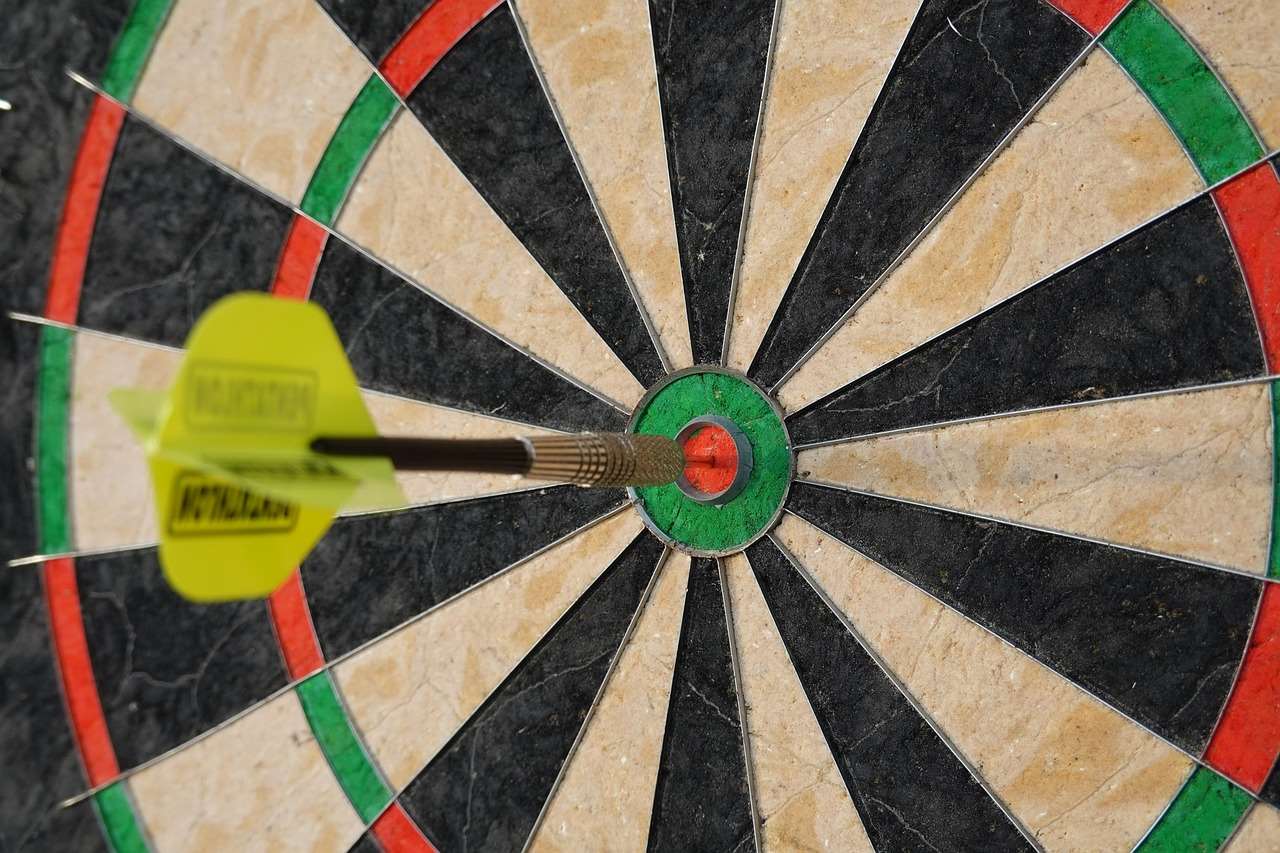
Adapting Scoring Systems for Different Skill Levels
Traditional scoring systems can be daunting for beginners. Adapting the scoring system can make the game more accessible and enjoyable for players of all skill levels. Consider these modifications:
- Simplified Scoring: Reduce the starting score in 501 or eliminate the double-out requirement.
- Handicap System: Give weaker players a head start or award bonus points to level the playing field. Learn How to make darts fairer with handicap rules.
- Targeted Scoring: Focus on scoring in specific areas of the board to improve accuracy and precision.
By adapting the scoring system, you can create a more inclusive and engaging experience for everyone involved. This can be especially beneficial when playing with mixed-level players or when introducing new players to the game. Adaptations can also be beneficial for those looking at Adapting dart game rules for children.
The Mental Game: Adapting Your Mindset for Consistency
Dart throwing is as much a mental game as it is a physical one. Developing a positive mindset and managing your emotions are crucial for achieving consistent performance. Here are some strategies for adapting your mindset:
- Visualization: Visualize successful throws before each attempt.
- Positive Self-Talk: Replace negative thoughts with positive affirmations.
- Focus on the Process: Concentrate on your technique rather than the outcome.
Learning to control your emotions and maintain a positive attitude will help you stay calm and focused under pressure. This mental fortitude will translate to more consistent throws and improved overall performance. Remember, even professional dart players experience slumps. The key is to stay positive and persistent, continually refining your technique and adapting your approach as needed.
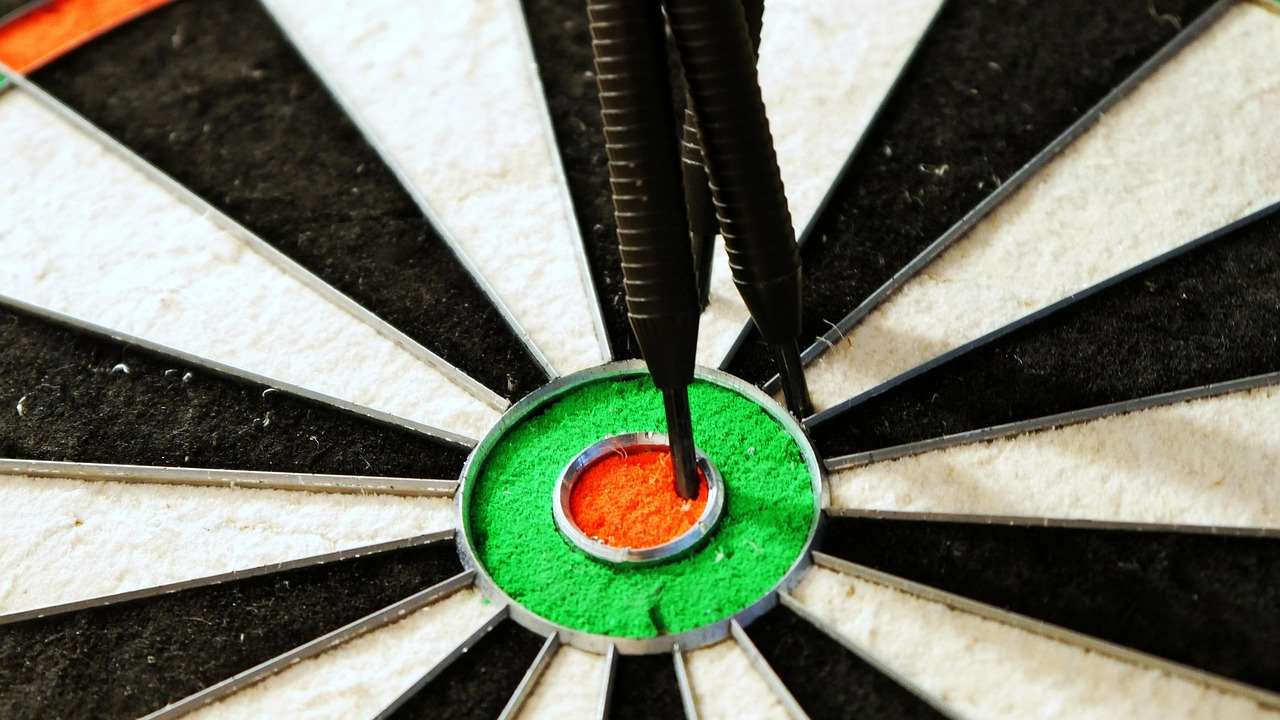
Analyzing Your Performance and Adapting Accordingly
Regularly analyzing your performance is essential for identifying areas for improvement and making necessary adjustments. Keep track of your scores, identify your strengths and weaknesses, and experiment with different techniques to find what works best for you. Here are some helpful strategies:
- Track Your Scores: Record your scores for each game and practice session to monitor your progress.
- Identify Patterns: Look for patterns in your throws to identify any recurring errors or inconsistencies.
- Seek Feedback: Ask a more experienced player to watch you throw and provide constructive criticism.
By continuously analyzing your performance and adapting your approach, you can optimize your training and accelerate your progress. Remember, improvement is a journey, not a destination. Embrace the process of learning and adaptation, and you’ll be well on your way to achieving your dart throwing goals. Consider implementing Modifying rules for mixed-level dart players to further assist different player’s needs.
Equipment Adaptations: Finding the Right Fit
The right equipment can make a significant difference in your dart throwing consistency. Experiment with different dart weights, shaft lengths, and flight shapes to find the combination that suits your throwing style and grip. Here are some key considerations:
- Dart Weight: Heavier darts tend to be more stable, while lighter darts offer more control.
- Shaft Length: Shorter shafts can improve grouping, while longer shafts can increase stability.
- Flight Shape: Different flight shapes affect the dart’s trajectory and stability in the air.
Don’t be afraid to experiment with different equipment combinations until you find the right fit for your individual needs and preferences. A well-balanced and comfortable dart will enhance your control and contribute to more consistent throws. You can even look at Alternative darts rules for home play to enhance your playing experience.
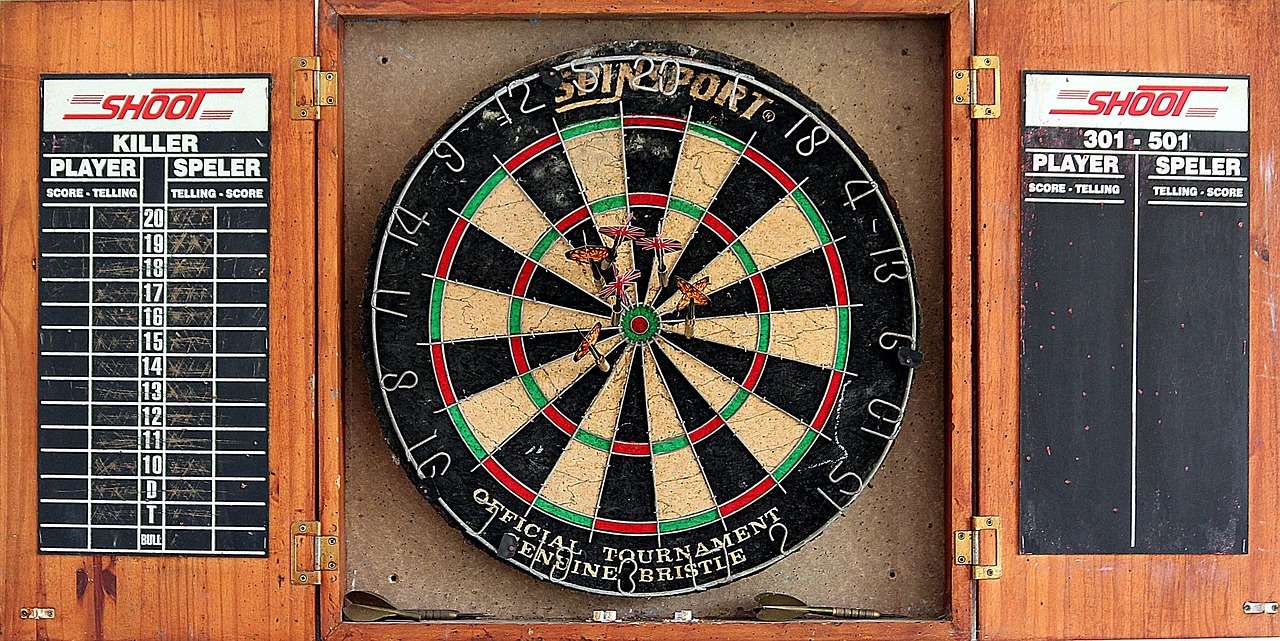
Conclusion: Mastering Consistency Through Adaptability
In conclusion, **how adapted rules can improve dart throwing consistency** is a multifaceted approach that involves tailoring the game to your individual needs and abilities. By adjusting your stance, grip, throwing motion, scoring system, and equipment, you can create a personalized training environment that promotes consistency and builds confidence. Remember to analyze your performance regularly and adapt your approach as needed. Embrace the process of learning and adaptation, and you’ll be well on your way to achieving your dart throwing goals. Now, grab your darts, experiment with these adaptations, and start improving your game today!
Hi, I’m Dieter, and I created Dartcounter (Dartcounterapp.com). My motivation wasn’t being a darts expert – quite the opposite! When I first started playing, I loved the game but found keeping accurate scores and tracking stats difficult and distracting.
I figured I couldn’t be the only one struggling with this. So, I decided to build a solution: an easy-to-use application that everyone, no matter their experience level, could use to manage scoring effortlessly.
My goal for Dartcounter was simple: let the app handle the numbers – the scoring, the averages, the stats, even checkout suggestions – so players could focus purely on their throw and enjoying the game. It began as a way to solve my own beginner’s problem, and I’m thrilled it has grown into a helpful tool for the wider darts community.